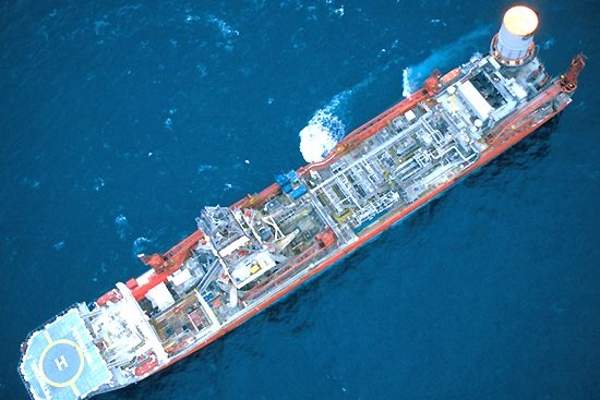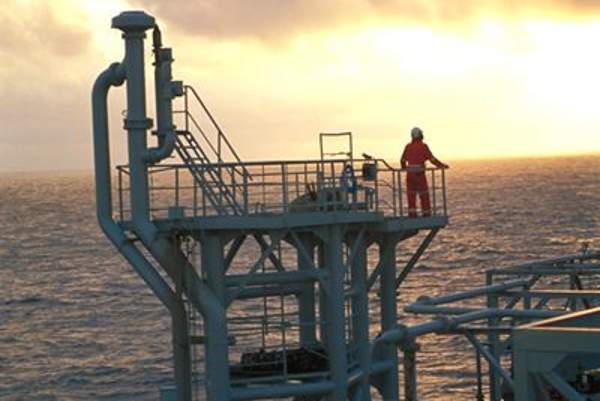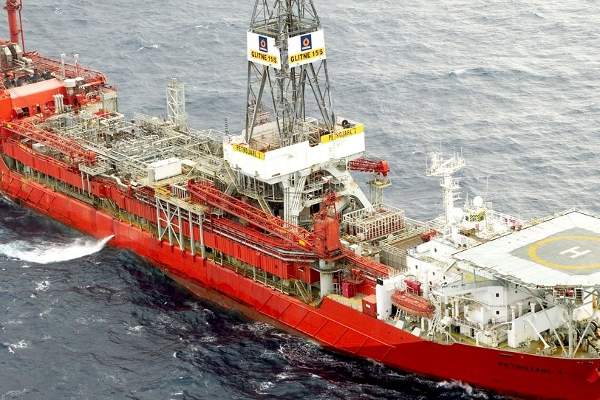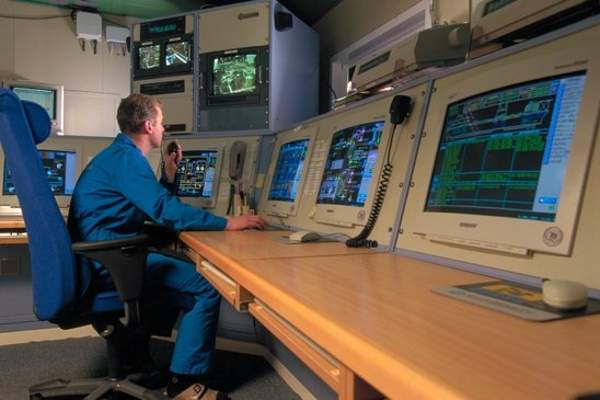Atlanta Field is a post-salt oil field located 185km off the coast of Rio de Janeiro in Block BS-4 of Santos Basin, at a water depth of 1,550m. The first production from the field is expected in mid-2016.
Queiroz Galvão Exploração e Produção (QGEP) holds a 30% interest and is the operator of Block BS-4, while the other partners include OGX Petróleo e Gás (40%) and Barra Energia do Brasil Petróleo e Gás (30%). The Oliva satellite field is also located within the block, which will be developed based on the results of the Atlanta field.
QGEP acquired the 30% operating share, earlier held by Shell Brasil Petroleo in August 2011, and was granted the operatorship approval for the block by Agência Nacional do Petróleo, Gás Natural e Biocombustíveis (ANP) in February 2012. Barra Energia do Brasil Petróleo e Gás acquired Chevron Brasil Atlanta e Oliva Exploração e Produção’s 20% interest and Shell Brasil Petróleo’s 10% interest in September 2011.
OGX Petróleo e Gás acquired the 40% share of Petrobras in the block in November 2012.
Atlanta field discovery and reserves
Petrobras discovered the Oliva field in 1993 by drilling the BSS-69 exploratory well on the block. The Atlanta field was discovered in 2001. The two fields have combined estimated reserves of 2.1 billion barrels of oil equivalent.
Based on a reserve certification prepared by independent consultants Gaffney, Cline & Associates (GCA) and submitted in April 2014, the Brazilian offshore field is estimated to hold 1P reserves of 147 million barrels, 2P reserves of 191 million barrels and 3P reserves of 269 million barrels. The block contains non-paraffinic and nonasphaltenic heavy oil with a density ranging between 14º and 16º API.
Atlanta offshore field development
The field development plan submitted by the former owners was approved by ANP in June 2009. The current owners further submitted a revised development plan to ANP in August 2012, which was approved in January 2013. The major difference between the two plans was the proposal for use of a tension-leg platform (TLP) by Shell and its partners, while the current owners proposed the use of a leased FPSO.
The Early Production System (EPS) phase in the development of the field started in the second half of 2013 with the drilling of the two horizontal wells. The drilling of the first horizontal well (7-ATL-2HP-RJS) started in the second half of 2013 and the drilling activities including drill stem tests (DST) with two flow periods were completed in February 2014. During these two tests, the well flowed at rates of 1,250 barrels of oil per day (bpd) and more than 5,000bopd respectively.
The second well was subsequently drilled and the DST recorded productivity rates in the range of 6,000bopd to 12,000bopd. An electrical submersible pump was also placed on the ocean floor during this test, contrary to the placement of a pump at the reservoir level in 7-ATL-2HP-RJS well.
Already equipped with wet Christmas trees and centrifugal electrical pumps, the two wells are ready to be brought online. The EPS phase further calls for the installation of a gathering system with flexible lines connecting to the leased Petrojarl I FPSO. The charter period for the Teekay-owned FPSO is five years.
Production from the EPS is estimated to reach 25,000 barrels a day with the commissioning of the first two wells and is expected to increase to 30,000 barrels a day with the commissioning of the third well.
Scheduled to start in 2019, the definitive production phase will integrate a larger FPSO with a processing capacity of 80,000 to 100,000 barrels a day and the development of nine additional horizontal wells. It will also increase the field’s production capacity to 75,000 barrels a day.
FPSO Petrojarl 1 details
Teekay awarded the engineering, procurement and construction (EPC) contract for the upgrade of the Petrojarl I FPSO to Damen Shiprepair Rotterdam (DSR) in December 2014. DSR will collaborate with Frames to carry out the design and fabrication of the new topside skids, while Nevesbu will perform the marine and topside integration engineering.
The FPSO will be upgraded to meet Brazilian offshore requirements. It will possess a minimum liquid holding capacity of 30,500 barrels a day (bbl/d), oil treatment capacity of 25,000bbl/d, oil storage capacity of 180,000 barrels, water treatment capacity of 8,000bbl/d and gas compression capacity of 180,000m³ a day. It will be equipped with slots for three production wells and anchored using either a spread mooring or single-point mooring (turret) system.
Other key players involved with the project
QGEP has contracted Diamond Offshore to supply its Ocean Star semi-submersible rig to perform the drilling activities at the field. Other service providers include Baker, Cameron, GE and Weatherford.










